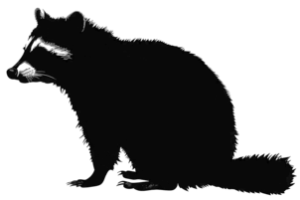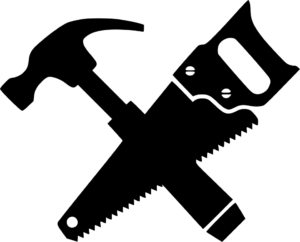Bird Removal and Pest Bird Deterrence
The singing of the birds in the morning is one of life’s most delightful experiences. However, some bird species can be invasive, destructive- and even dangerous.
Know the Bird Species
Many of the birds in North America are protected by the Migratory Bird Treaty and the Endangered Species Act. Other types of birds are known as flying pests and enjoy no federal protection. They are the house sparrow, the pigeon, and the European starling. These birds are known to carry and transmit disease. Their droppings are corrosive to structures and unsanitary, and their nests often interfere with public infrastructure.
If you believe you are being plagued by one of these invasive bird species, your first step is to identify which type of bird it is.
Pigeons (or Rock Doves): The largest of the three types of pest bird, pigeons live in both rural and urban settings. They commonly infest manufacturing plants and grain mills. Doves are dependent on human activity and will not leave the area willingly. They are approx. 11 inches tall, are grayish with red feet and striped wing tips.
House Sparrows: Aggressive and active all year long, these birds are known to keep homeowners awake with their persistent cheeping. They prefer grains, can decimate gardens, and can contaminate livestock feed. House sparrows are about the size of a mouse and light brown or reddish. They can carry and spread West Nile virus to animals that attack them and anyone who comes into contact with their feathers.
European Starlings: These pest birds travel in massive flocks that swirl and flow through the air like a single massive entity. They are known to descend on an area and effectively take it over through their sheer numbers. European starlings are between six and 8 inches in length. They are dark in color with speckles of white and streaks of green and brown. Their droppings may transmit encephalitis and histoplasmosis.
How to Remove Pest Birds
Getting rid of these airborne pests can be a challenge depending on your location and what is attracting them. But there are a few effective options open to you.
Scaring Them Away
- Installing a scarecrow might seem old fashioned, or even silly- but it works. To make your scarecrow most effective, move it around periodically.
- Reflective tinsel is believed to mimic the flash of a predator’s eye as it looks skyward. Use tinsel in various places.
- Predator decoys are effective. Pest birds are afraid of ducks, owls, raptors, and snakes. Decoys of these animals are available at local department stores and large home improvement centers.
- Use sprinklers where feasible to keep birds away from porches, patios, decks, and pools. These can be coupled with motion activation systems so that you don’t have to waste water to deter them.
- Balloons with faces drawn on them are another cheap and effective way to frighten birds. These animals are very sensitive to anything that even remotely resembles faces, since their mode of travel makes quick danger detection a necessity.
- As mentioned before, reflective things also frighten birds. This could be anything such as strips of aluminum foil. A product known as optical fire gel mimics the appearance of licking flames. Metallic spinners that twirl in the wind are another good option.
- Recordings of bird distress calls are another effective deterrent. You can find such recordings online or for sale. Play these noises for several evenings running for best results.
- Sheepdogs and Border Collies are another great way to defend your property from pest birds. These animals will actively harry and harass any and all wild birds.
- Finally, if all else fails, bring in a raptor. A local zoo or wildlife refuge may offer the services of a falconer. They will charge an hourly rate.
Rotate Bird Removal Methods and Consult the Bird Removal Professionals
Birds are smart, and will acclimate to the same method used too often. Vary your deterrents for best results.
As always, for your safety and best results, contact the professional pest removal experts.





















